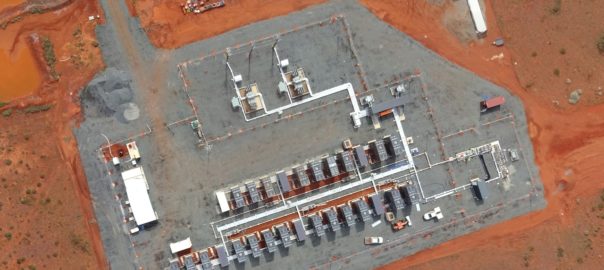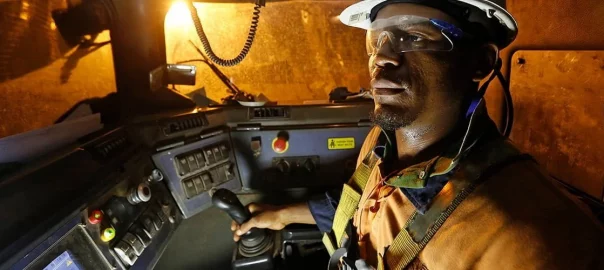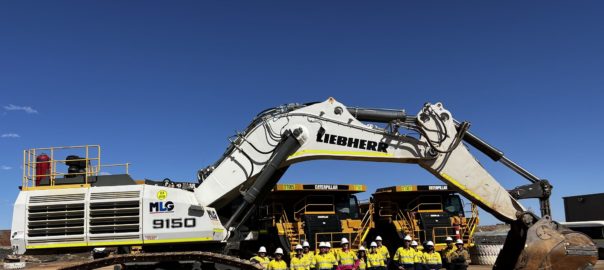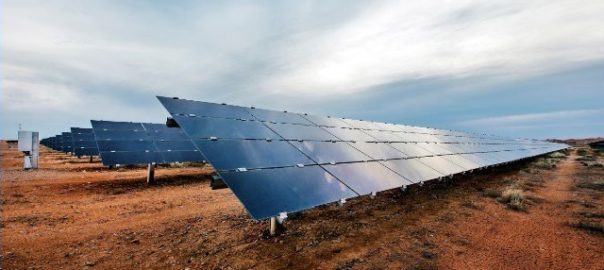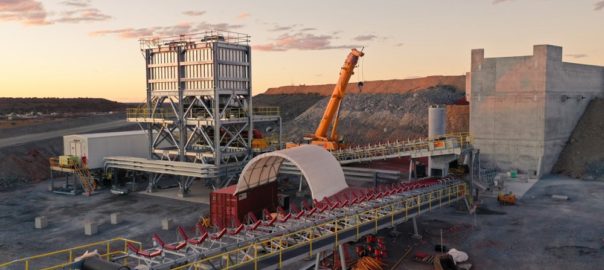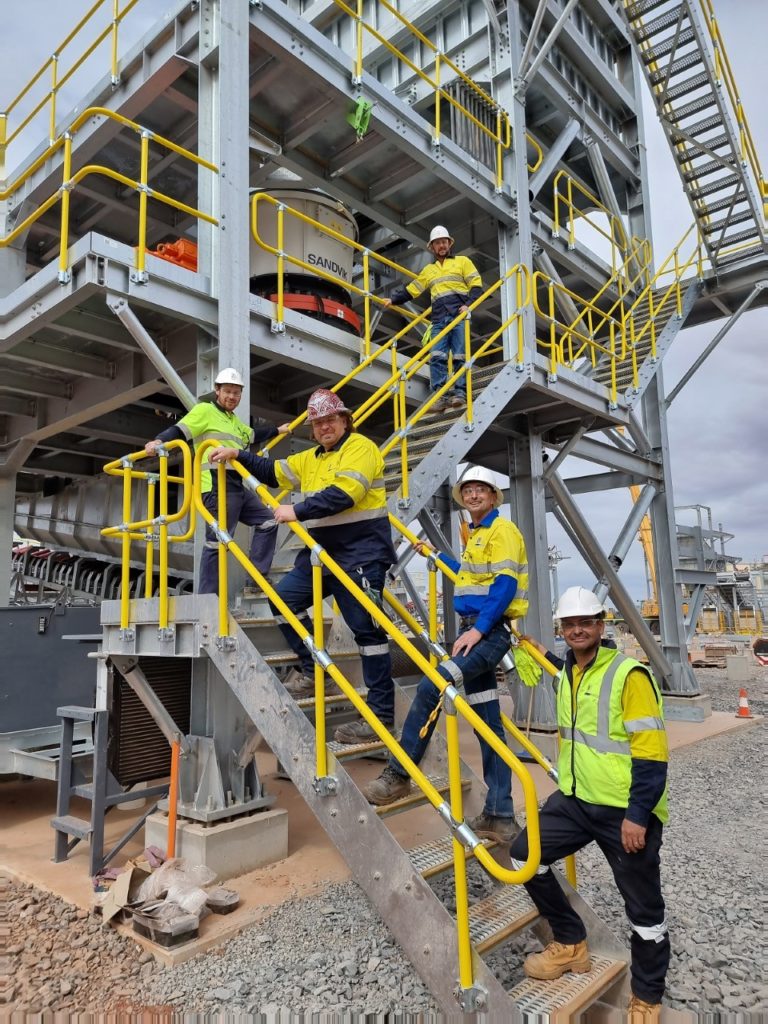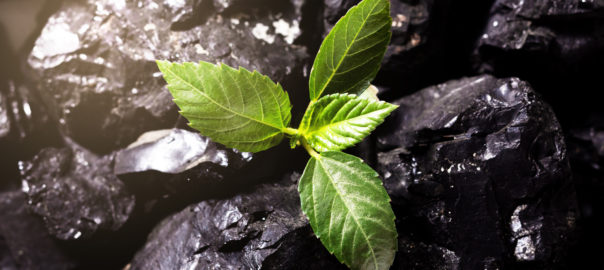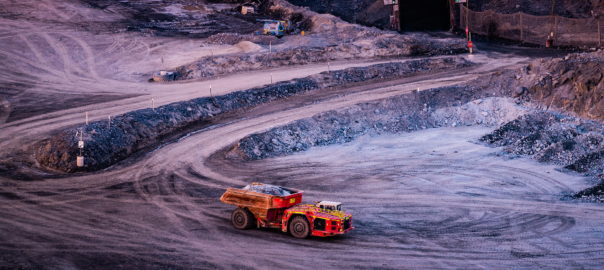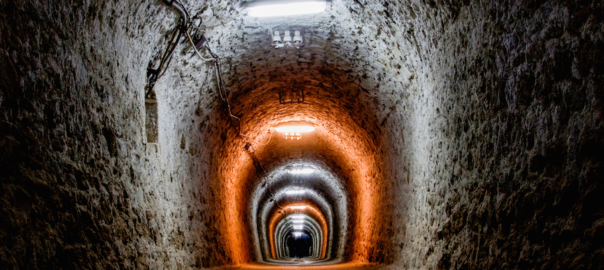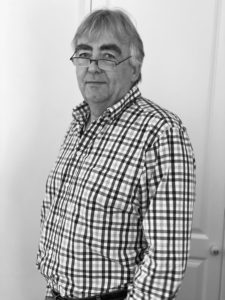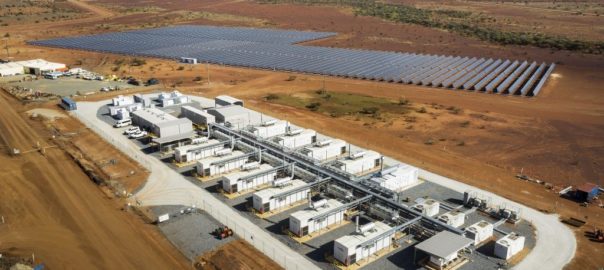The Board of Gold Fields Limited has approved the go-ahead for a A$296 million ($195 million) renewables project at the St Ives mine, in Western Australia, in a move that could boost the operation’s renewable input to over 70%.
The project will comprise:
- 42 MW of wind power delivered via seven wind turbines;
- 35 MW of solar power delivered via 60,000 solar panels;
- A 33 kV renewable energy hub substation; and
- A 132 kV transmission line.
The project, the largest in the Gold Fields portfolio to date, will provide 73% of the mines electricity requirements and is planned to commence construction in May 2024 and will be operational by the end of 2025.
While previous renewables projects of this nature were built and managed by independent power producers, the St Ives project will be built by Gold Fields, the company stated.
Six out of Gold Fields’ 10 mines and projects are already powered partially by renewable electricity, and, in addition to the St Ives project, the company is studying additional renewable energy projects to meet the company’s decarbonisation commitments.
In 2023, renewable electricity accounted for 17% of electricity consumption across the Gold Fields business, compared with 13% a year earlier, leading to a 5% decline in carbon emissions during the year, the company said. Renewables provided 50% of electricity consumed at the Agnew mine in Australia and 15% of South Deep’s electricity consumption. The Cerro Corona mine in Peru is fully supplied by hydroelectricity, which is classified as 100% renewable. The Windfall project in Canada (which is a 50:50 joint venture between Gold Fields and Osisko Mining) is also supplied by hydroelectricity.
Once operational, the St Ives project will boost renewable energy in Gold Fields’ electricity mix further to approximately 24% and will contribute markedly to achieving the group’s 2030 target of reducing Scope 1 and 2 emissions by a net 30% against its 2016 baseline. St Ives itself will reduce its Scope 1 and 2 emissions by approximately 50% by 2030. Gold Fields has also committed to Net Zero by 2050.
“The St Ives renewables project is a clear and tangible signal to our stakeholders of our decarbonisation commitments,” Gold Fields CEO, Mike Fraser, said. “Investing in renewables has obvious environmental benefits, but it also provides the business with cheaper electricity and offers an enhanced level of energy supply security.”
The St Ives renewables project will reduce electricity costs to a third of the previously projected costs by 2025.
The project has received the required approvals from Traditional Owners of the land, the Environmental Protection Agency and the Western Australian Department of Energy, Mines, Industry Regulation and Safety.
Gold Fields has also advanced plans on other key renewables projects in its portfolio, which include:
- A 11 MW expansion to the current 8 MW solar plant at its Granny Smith mine in Australia;
- A 7.7 MW photovoltaic solar plant at the Salares Norte mine in Chile to be added to the current diesel generator sets about a year after first gold production. The project has already received the required environmental approvals; and
- Adding up to six wind turbines to provide approximately 40 MW of power to the South Deep mine in South Africa. This project is currently in feasibility phase and awaiting final environmental approval.
Fraser added: “All our operations continue to investigate the possibility of adding further renewable electricity sources where it makes technical and economic sense to do so. We are also exploring the most capital efficient ways to fund these projects as part of our disciplined capital allocation. Gold Fields is committed to playing its part in mitigating the impact climate change is having on the world.”







